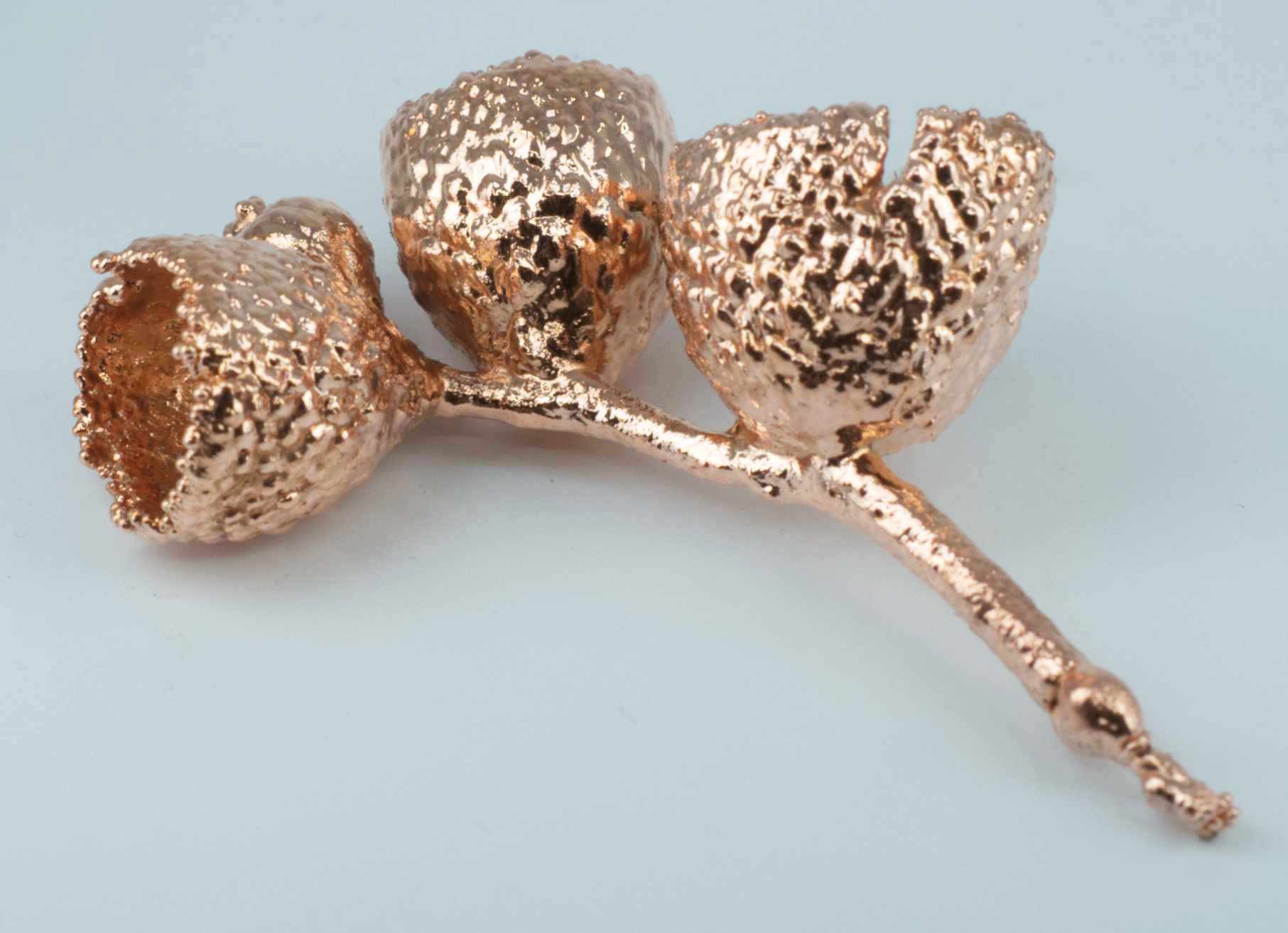Estimating the surface area of smaller, irregularly shaped objects
Estimating surface area and why it's important
You will need to know the approximate surface area of your piece in order to use one of our plating calculators. Spa Plating's online plating calculators will help you plate to a specific thickness and tell you how long and how much money the plating job will cost.
The surface area of items is relatively straightforward to quantify when you're plating regularly shaped items that resemble cubes, spheres and cones. However when you need to plate items that are more irregularly or organically shaped, it's best to try to simplify the shape as much as you can.
Working out the approximate surface area - 'rounding up'.
Generally speaking it is best to ’round up’ when estimating surface area. Slightly overcompensating means that you will be comfortably inside your quality control parameters, rather than coming short and having to re-plate.
We will go through this process, step-by-step, by using these acorn cups for demonstration. They were copper electroformed with our Copper Electroforming Starter Kit.

These acorns have been copper electroformed with our Copper Electroforming Starter Kit
Breaking the shape down into more simplified shapes.
There are two main parts to this acorn piece – the stalk and the acorn cups.
The acorn stalk is approximately 4cm in length and the circumference is around 5mm. This makes a rectangle of 4cm x 0.5cm, so the surface area of the stalk is 2cm.
There are three acorn cups, so the surface area of the largest can be estimated and then multiplied by three. Basically, the acorn cup is a half sphere with the interior also needing to be plated. So two half spheres make one complete sphere.
The radius of the sphere is 0.7cm and so the surface area of the sphere is approximately 6cm. The formula for the working out the surface of a sphere can be easily found on the internet.
The surface area of the three cups is 6cm x 3cm =18cm squared. Add this to the 2cm squared for the stalk and you end up with 20cm squared.
Surface finish - an important consideration
In this example, the acorn cups have a naturally pronounced texture, which considerably increases the surface area. This needs to be allowed for and so the surface area of 20cm should be multiplied by a factor of 1.5 to take this into account. This gives a final estimation of 30cm squared.
As you can see this is an approximation and it’s always better to over rather than under estimate to ensure a quality finish.
Our plating calculators and their importance in quality control
Once you have worked out the approximate surface area of your work you can enter this figure in to one of our plating calculators. The calculator will ask you to specify the thickness of plate you require and, with the surface area entered and other factors selected (such as the type of swab or nib you’re using), will state the amount of time you’ll need to plate to achieve this required thickness.
Here’s a link to our Pen Plating Calculator
Our Brush Plating Calculator
and our one of our Tank Plating Calculators
